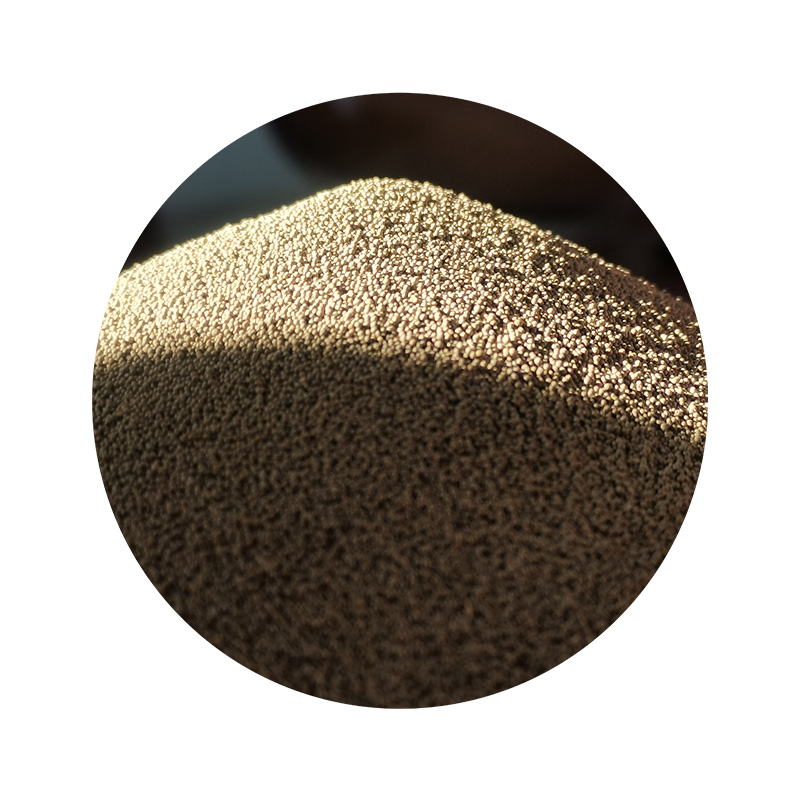 Additionally, organic and inorganic binders like furan, phenolic, and sodium silicate are also employed, each with its own advantages and disadvantages Additionally, organic and inorganic binders like furan, phenolic, and sodium silicate are also employed, each with its own advantages and disadvantages
Additionally, organic and inorganic binders like furan, phenolic, and sodium silicate are also employed, each with its own advantages and disadvantages Additionally, organic and inorganic binders like furan, phenolic, and sodium silicate are also employed, each with its own advantages and disadvantages sand casting materials.
Water or another liquid is added to the sand-binder mixture to facilitate mold formation. The amount of water used affects the green strength (ability to hold its shape before casting) and dry strength (ability to withstand the pressure of molten metal) of the sand mold. The balance between these two properties is critical for a successful casting.
Beyond these basic ingredients, additives can be included to modify the properties of the sand mixture. These might include fluxes to reduce surface defects, release agents to prevent mold sticking, and anti-expansion agents to minimize mold shrinkage during cooling.
The selection of sand casting materials depends on factors such as the desired casting finish, metal to be cast, production volume, and cost considerations. For example, fine-grained sand is chosen for intricate parts, while coarser sand is suitable for larger, simpler shapes.
In conclusion, sand casting materials play a pivotal role in determining the efficiency and quality of the casting process. The art and science of selecting the right combination of sand, binder, and additives is a testament to the craftsmanship and technological advancements in metallurgy. Whether it's the ancient use of clay or the contemporary application of resin-coated sands, the evolution of sand casting materials continues to drive innovation in manufacturing industries worldwide.
Post time:Jun . 27, 2024 00:50
sand casting materials.
Water or another liquid is added to the sand-binder mixture to facilitate mold formation. The amount of water used affects the green strength (ability to hold its shape before casting) and dry strength (ability to withstand the pressure of molten metal) of the sand mold. The balance between these two properties is critical for a successful casting.
Beyond these basic ingredients, additives can be included to modify the properties of the sand mixture. These might include fluxes to reduce surface defects, release agents to prevent mold sticking, and anti-expansion agents to minimize mold shrinkage during cooling.
The selection of sand casting materials depends on factors such as the desired casting finish, metal to be cast, production volume, and cost considerations. For example, fine-grained sand is chosen for intricate parts, while coarser sand is suitable for larger, simpler shapes.
In conclusion, sand casting materials play a pivotal role in determining the efficiency and quality of the casting process. The art and science of selecting the right combination of sand, binder, and additives is a testament to the craftsmanship and technological advancements in metallurgy. Whether it's the ancient use of clay or the contemporary application of resin-coated sands, the evolution of sand casting materials continues to drive innovation in manufacturing industries worldwide.
Post time:Jun . 27, 2024 00:50
Next:3D Printed Sand Innovations in Foundry Technology
